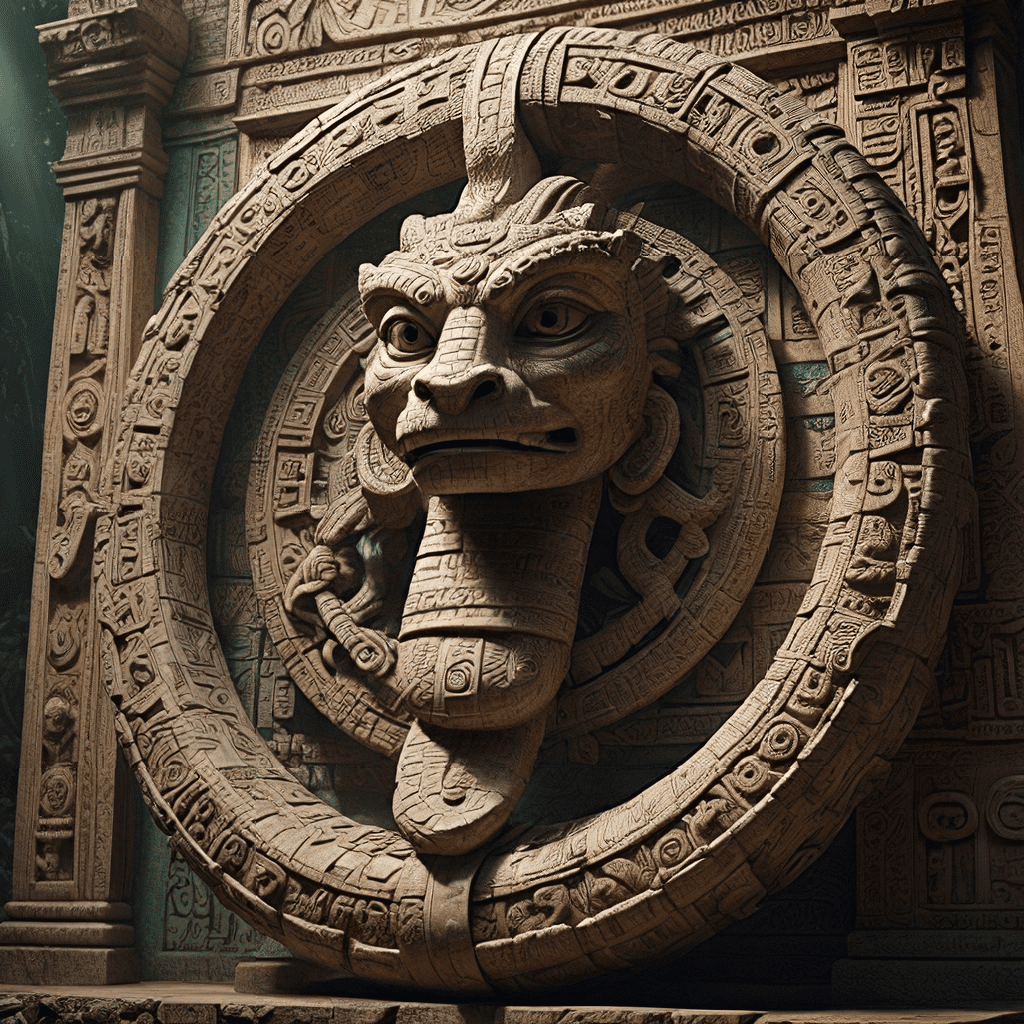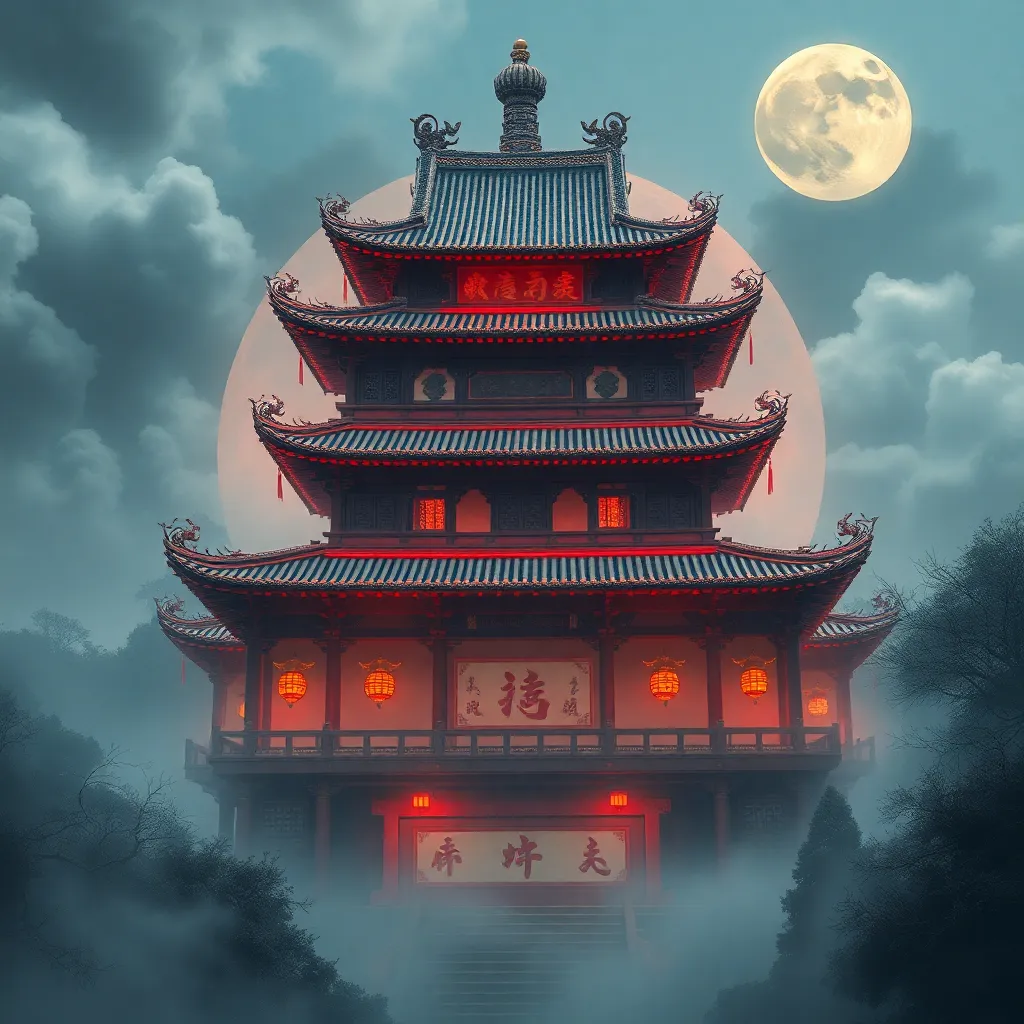The Myth of the Vision Serpent: Symbol of Transformation in Mayan Culture
1. Introduction: The Vision Serpent in Mayan Mythology
1.1. The Significance of Serpents in Mesoamerican Cultures
Serpents have held profound symbolism in Mesoamerican cultures for centuries. Often associated with fertility, water, and the underworld, they were revered as powerful deities and mediators between the physical and spiritual realms. In Mayan mythology, the serpent played a particularly important role, embodying transformative power and facilitating access to the otherworldly realm.
1.2. The Vision Serpent: A Unique Figure in Mayan Lore
Among the various serpent representations in Mayan mythology, the Vision Serpent stands out as a distinct and enigmatic figure. Unlike other serpents associated with deities or natural forces, the Vision Serpent served as a psychopomp, guiding souls through the treacherous journey to the afterlife. Additionally, it symbolized the potential for profound inner transformation, enabling individuals to access hidden knowledge and spiritual insights.
1.3. The Importance of Transformation in Mayan Beliefs
Transformation held immense significance in Mayan belief systems. It was seen as a fundamental aspect of both individual and societal evolution. Individuals aimed to achieve spiritual transformation through rituals, self-reflection, and the guidance of spiritual leaders. Similarly, society as a whole was envisioned as undergoing cyclical periods of transformation, with the Vision Serpent symbolizing the potential for renewal and rebirth.
2. The Mythology of the Vision Serpent
2.1. The Serpent's Role in the Creation Myth
The Vision Serpent appears prominently in the Mayan creation myth, Popol Vuh. Here, it is portrayed as a central figure in the underworld, guarding the sacred tree of life. When the Hero Twins, Hunahpu and Xbalanque, descend into the underworld to confront the Lords of Xibalba, they encounter the Vision Serpent. By tricking the serpent and stealing its teeth, the twins gain access to the tree of life and ultimately prevail over the Lords of Xibalba, symbolizing the triumph of life over death and the potential for transformation.
3. Symbolism of the Vision Serpent: A Gateway to Transformation
4. Theories on the Origins and Interpretations of the Vision Serpent
5. The Vision Serpent in Mayan Art and Architecture
6. The Vision Serpent in Contemporary Mayan Culture
The Vision Serpent remains a potent symbol in contemporary Mayan culture, reflecting the enduring significance of its transformative power.
6.1. The Ongoing Significance of the Serpent Symbol
The serpent continues to be revered in modern Mayan communities. It is often depicted in traditional ceremonies, art, and folklore, representing the enduring belief in the serpent's ability to guide individuals on their spiritual journeys.
6.2. The Vision Serpent in Modern Mayan Art and Literature
The Vision Serpent has inspired contemporary Mayan artists and writers. It is frequently featured in paintings, sculptures, and murals, serving as a reminder of the transformative potential within each individual. Additionally, the serpent has become a prominent motif in Mayan literature, symbolizing the quest for knowledge, self-discovery, and spiritual enlightenment.
7. The Vision Serpent in Modern Scholarship
The Vision Serpent has garnered increasing interest from scholars in various disciplines, including anthropology, archaeology, and religious studies.
7.1. Archaeological Evidence
Archaeological discoveries have shed light on the widespread presence of the Vision Serpent motif in ancient Maya cities. Representations of the serpent have been found on ceramics, murals, and architectural structures, indicating its importance in both religious and secular life.
7.2. Interpretations of the Vision Serpent
Scholars have proposed various interpretations of the Vision Serpent's symbolism. Some argue that it represents a shamanic figure, guiding individuals through altered states of consciousness to access hidden knowledge and spiritual realms. Others view it as a symbol of societal transformation, representing the cyclical process of renewal and rebirth that characterized Mayan civilization.
8. The Vision Serpent and the Human Psyche
The Vision Serpent's transformative power resonates with the human psyche's innate desire for growth and self-discovery. Its symbolism continues to inspire individuals on their personal journeys of transformation, encouraging them to embrace change, confront their fears, and seek new perspectives.
8.1. The Serpent as a Symbol of Personal Transformation
The Vision Serpent can be viewed as an archetype of personal transformation, representing the potential within each individual to shed old patterns of behavior, beliefs, and limitations, and emerge as a more authentic and empowered version of oneself.
8.2. The Serpent's Role in Shadow Work
In Jungian psychology, the serpent is often associated with the shadow, the unconscious aspects of the self that are often repressed or denied. The Vision Serpent, with its ability to navigate the underworld, can symbolize the process of shadow work, where individuals confront their hidden fears, desires, and motivations to achieve wholeness and integration.
9. Conclusion: The Enduring Legacy of the Vision Serpent
The Vision Serpent continues to hold a prominent place in Mayan culture, both as a historical symbol and a source of inspiration for contemporary art, literature, and personal transformation. Its enduring legacy underscores the profound significance of transformation in the human experience.
10. FAQ
What is the significance of the Vision Serpent in Mayan mythology?
The Vision Serpent is a symbol of transformation, guiding individuals through the underworld and facilitating access to hidden knowledge and spiritual insights. It also embodies the potential for societal renewal and rebirth.
How is the Vision Serpent depicted in Mayan art and architecture?
The Vision Serpent is frequently depicted in Mayan art and architecture, including ceramics, murals, and architectural structures. Its physical attributes, such as its feathered headdress and open mouth, hold symbolic meaning.
What are the contemporary interpretations of the Vision Serpent?
Modern interpretations of the Vision Serpent view it as a symbol of personal transformation, shadow work, and the human psyche's innate desire for growth and self-discovery.



